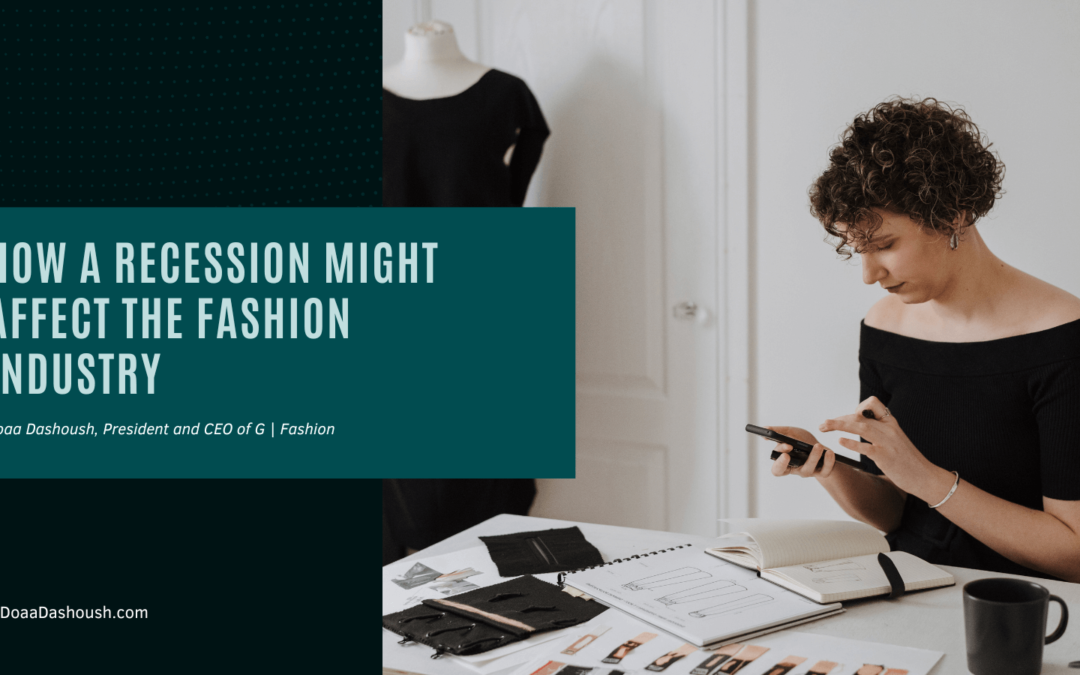It’s been over a decade since the global economy went through a major downturn. However, investors are still nervous about another recession. Data released recently revealed that China’s factory output grew at its slowest rate in over 17 years, and Germany’s economic output fell 0.1 percent in the second quarter. Wary investors rushed to purchase US government bonds, which sent the yield on the 30-year bond to its lowest level in almost seven years.
Past Performance
During the financial crisis that started in 2007, the global economy experienced various problems such as credit starvation, bank failures, and currency devaluation. The unemployment rate in the US reached 10% in 2009, making it the highest level since the Second World War. According to the Global Consumption Association, the retail sales of clothing fell by 10.4%.
The rising unemployment rate led to a reduction in the purchasing power of non-essential goods, such as fashion items. Almost 75% of consumers shifted their shopping habits. They went to smaller stores and mid-range retailers instead of large corporations.
Despite the difficult economic conditions, many retailers still managed to attract their customers by offering deep discounts. However, their profits were severely reduced, and they had to give up on the game. The consumer behavior of the country was also severely affected by the crisis. The rise of the Black Friday marketing event and the increasing number of promotions were some of the factors that affected the retail industry.
The economic crisis in 2009 also triggered the emergence of social networking sites and the concept of online shopping. Due to the changes in consumer behavior, several companies, such as American Apparel, Forever 21, Aeropostale, and Rue21, were unable to adapt to the changes in the market.
The increasing number of fast fashion products has also led to the urge for consumers to buy more and throw away their clothes quickly. This has raised concerns about the ethical and sustainable nature of the fashion supply chain.
Potential Opportunity
Despite the various factors that affected the retail industry during the past few years, the luxury industry is still expected to grow during the next recession. The rise of e-commerce and the increasing number of retailers have led to a more direct relationship between consumers and brands. Despite the trade war between the US and China, consumer confidence in the country is still high.
Despite the various factors that affected the retail industry during the past few years, the companies that were able to successfully navigate through the last recession were those that focused on long-term strategies. The next recession could also provide them with substantial opportunities to continue to grow.
